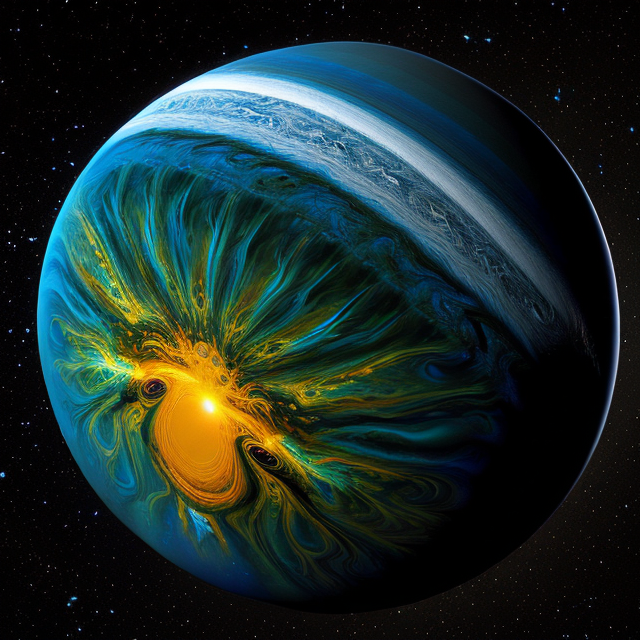|
|
Space Astro
|
Info for exoplanet "Masthea Epi"
| Scientific (actual) data |
|---|
| Name | HD 217107 b |
| Planet status | Confirmed |
| Planet mass | 1.451 |
| Mass sini | 1.451 |
| Orbital period | 7.12214 |
| Semi major axis | 0.0756 |
| Orbit eccentricity | 0.1311 |
| Inclination | 91 |
| Angular distance | 0.00498 |
| Discovered | 1998 |
| Updated | 2025-08-13 |
| Omega | 22.78 |
| Tperi | 244998 |
| K | 140 |
| Publication | Published in a refereed paper |
| Detection type | Radial Velocity |
| Mass measurement type | Radial Velocity |
| Alternate names | HIP 113421 b |
| Star name | HD 217107 |
| Right ascension | 344.56° |
| Declination | -2.4° |
| Mag v | 6.16 |
| Star distance | 19.72 |
| Star metallicity | 0.37 |
| Star mass | 1.02 |
| Star radius | 1.08 |
| Star sp type | G3V |
| Star age | 7.32 |
| Star temperature | 5666 |
| Star alternate names | HIP 113421 |
| Wikipedia article | HD 217107 b |
Back
| |
| Fictional info (?) |
|---|
| Suggested name | Masthea Epi |
| Planet type | Warm gas giant |
| When viewed from Earth, this proximity to HD 217107 means the planet can only be seen near the western or eastern horizon during the early evening or early morning.
The two polar ice caps appear to be made largely of ice.
Because of its fast rotation, the planet's shape is that of an oblate spheroid (it has a slight but noticeable bulge around the equator). |
| Atmosphere | Oxygen | 58% |
| Carbonyl sulfide | 16% |
| Carbon dioxide | 14% |
| Methane | 11% |
| Formaldehyde | 0.0025% |
| Atmospheric pressure | 1.5 bar |
 |
| No known satellites |
| Google search for Masthea epi |
|
Website by Joachim Michaelis
|
|
|
|